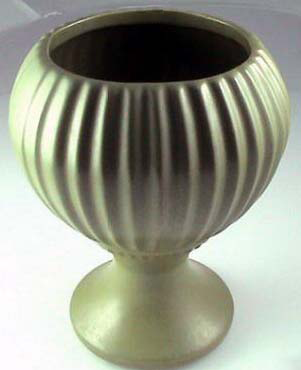
|
 |
 |
24 KB |
326 KB |
|
Being around online auctions since they first came onto the internet and trying to teach midde school students how to format and work with html code and the correct presentations for the internet I have come to the conclusion that grow ups need the education more than their children. The internet and technology associated with the equipment we use has made tremendous strides in the past ten years with new and better computers coming out every six months or so. Still we are using computers and technology from five to ten years old and rightly so since the outlay for a new computer system is not cheap. The problem lies in the fact the old computers even two years old are not up to speed with the internet. We have pod cast, streaming video, audio input, plus other new ways of getting information from the internet. What we don't have is a common sense way of educating ourselves with all the new technology. Sure our kids can do a lot more than their parents but they were mostly born into the culture. We on the other hand had to be pushed and shoved into the culture. Most adults use the internet as a way to make a living, extra money or to use as a purchasing format to keep from moving the old bones out into the malls. Using the internet as a means of making a living or extra money is a great way to reach millions of people, but there are several things we need to take into account when posting that new website or running auctions on eBay or Yahoo. One of the most important is how we present the images we are using on auctions or websites. Taking a camera and shooting a few images of an item we want to post with our auctions can be the difference between a sale and a lost amount of money. eBay is expensive when you are posting a lot of auctions. After we take the images and load them into our computers then we need to make sure they are formatted so the average computer can bring up the images fast and efficiently. To do this we need to look at two issues, first is will we have an audience of viewers who are still using dial up modems and at this time there are as many dialups out there as there are DSL and other high speed systems. Dial up systems are slower than cable or other high speed systems since they are associated with an already overloaded telephone system, the final input modem is limited to 56K, and usually feed through an older computer. Therefore we need to make sure the images are in the correct format. This is where we need to learn about image formats and their impact on viewing them on the internet. There are three formats used in most cases, JPEG, BMP, and TIFF, there are a lot more out there but these are the three you will run across the most. Now which format is best for the internet. Since we want a image that will load quickly and still have good qualities then we need to look at JPEG. Jpeg will format with the smallest size and Tiff will format with the largest size. BMP is a higher quality format but still a very large file and slow to load. Look at the two images at the top of the page. The first one is a JPEG image and has the smallest size to as indicated by the number in the box below the image. The next image has a large number in the box below the image and this image is a BMP format. Now what has the size of the image got to do with the amount of time it takes for an image to appear on your screen. The smaller the number the faster it will load. The larger the number the more time you have to get the next bologna sandwich. What this means to your intended audience is they will simply move on to the next website instead of waiting for an image to load or as is the case in online auctions your auction has just lost a potential customer. You have control of your images and how they are presented when you save them to your computer from the camera. Make sure they are saved under the JPEG format. Further more in most but not all instances you are asked for the quality of the image you want to save. This is usually in the form of a window with a sliding bar with a range from 1 to 10. 1 being the weakest image and a 10 being the best quality. I find the middle range around a 5 to 6 is the best setting for JPEG images as viewed on online auctions. You may have a newer computer system that brings up all images fast but remember not everyone has that option. Finally to give a real time example of what I have been talking about each of the above images have links to a larger version. Click on each one and time how long it takes for each one to load then you decide which is the best format for you to use. |
©2005-2009 ELewis All Rights Reserved
Contents of this web site and all original works are copyright ©2007-08 E LEWIS All rights reserved. The material on this site may not be reproduced, distributed, transmitted or otherwise used, except with the prior written permission of owner." "You are not permitted to copy, broadcast, download, store (in any medium), transmit, show or play in public, adapt or change in any way the content of these web pages for any other purpose whatsoever without the prior written permission of the site owner."